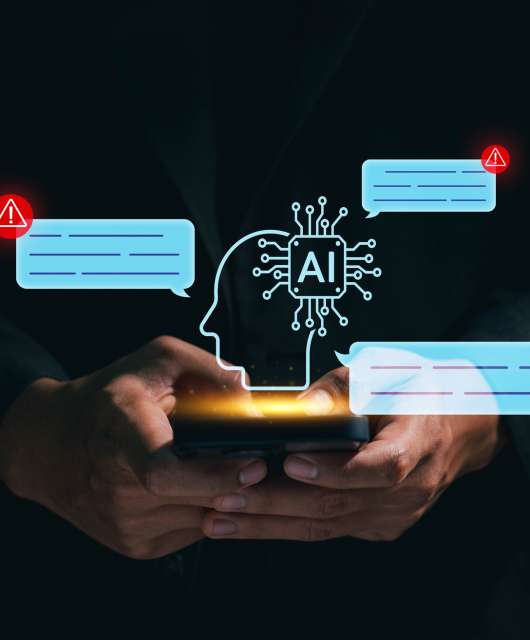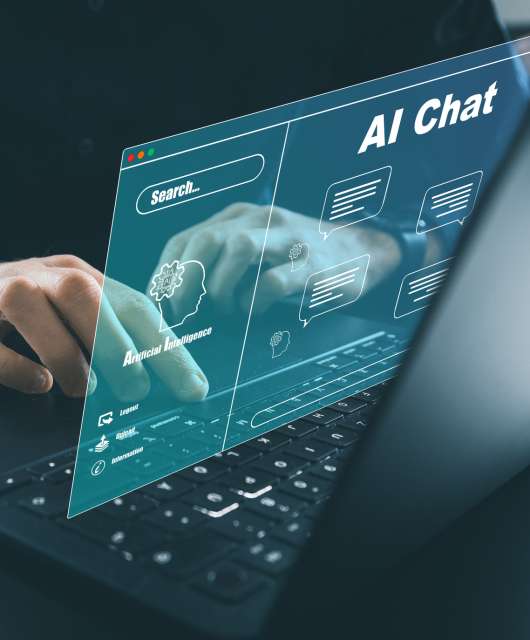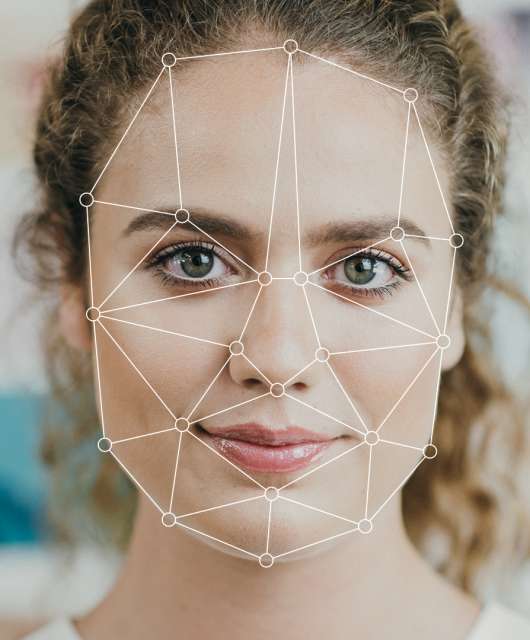Artificial intelligence (AI) systems continue to develop at an extraordinary pace. So when engineers recently claimed they had developed an AI system capable of reading your mood from a photograph, most people accepted the story as proof of yet another advance in capabilities.
When a user uploads a photo of their face, the AI app analyzes it and then announces what the person is feeling. Happy, sad, angry, etc – the computer claims to be able to ‘see’ them all.
But there’s a problem. The claims are simply not true.
How to break an AI system
It is really easy to prove that AI cannot accurately determine your mood from a photograph – in fact, humans have been doing it for centuries. Try this:
- Are you feeling happy? Try frowning.
- Are you feeling sad? Try forcing a smile.

The reality is that we are all very good at hiding our emotions using our facial expressions to project what we want people to think we are feeling. If we can fool people in this way, an AI system has no chance at all. It will look at your picture, identify a smile or a frown and declare your mood based on what it ‘sees’.
The problem is how AI models are trained
Artificial intelligence models have to be ‘trained’ before they can ‘work’. In the case of the facial recognition app, this involves loading and analyzing hundreds of thousands of photographs. However, the AI engineers have to tell the system what it is looking at. So they upload 100,000 pictures of people smiling and tag them as ‘happy’. They do the same for sad, angry, frightened etc.
The AI system analyzes each picture and begins to identify similarities. It can ‘see’ the subject’s mouth in each picture and learns that the corners turn upwards when they have been tagged ‘happy’. It also learns that a downturned mouth is sad – because that is how it has been labelled by the researchers.
Whenever a user uploads a new picture, the AI compares it to what it has learned and generates a result. The trouble is, the AI can only ever make a decision based on what it has been told. If researchers had labelled their ‘smiling’ pictures as ‘lemon’, then any new picture of a smiling person would also be labelled a lemon.
AI is very clever – and surprisingly dumb
AI systems are very clever in that they can process huge amounts of data and spot hidden similarities very quickly. But they can only do this pattern matching in the context of what they have already been taught.
In the case of the mood analysis AI, it can only make decisions based on pictures. It cannot process words and body language, the other factors humans use to understand what another person is thinking and feeling – which also provide the clues that someone is trying to fool us with their facial expression.
So no, AI cannot really tell your mood from a picture – and it probably won’t be for a very, very long time to come.







